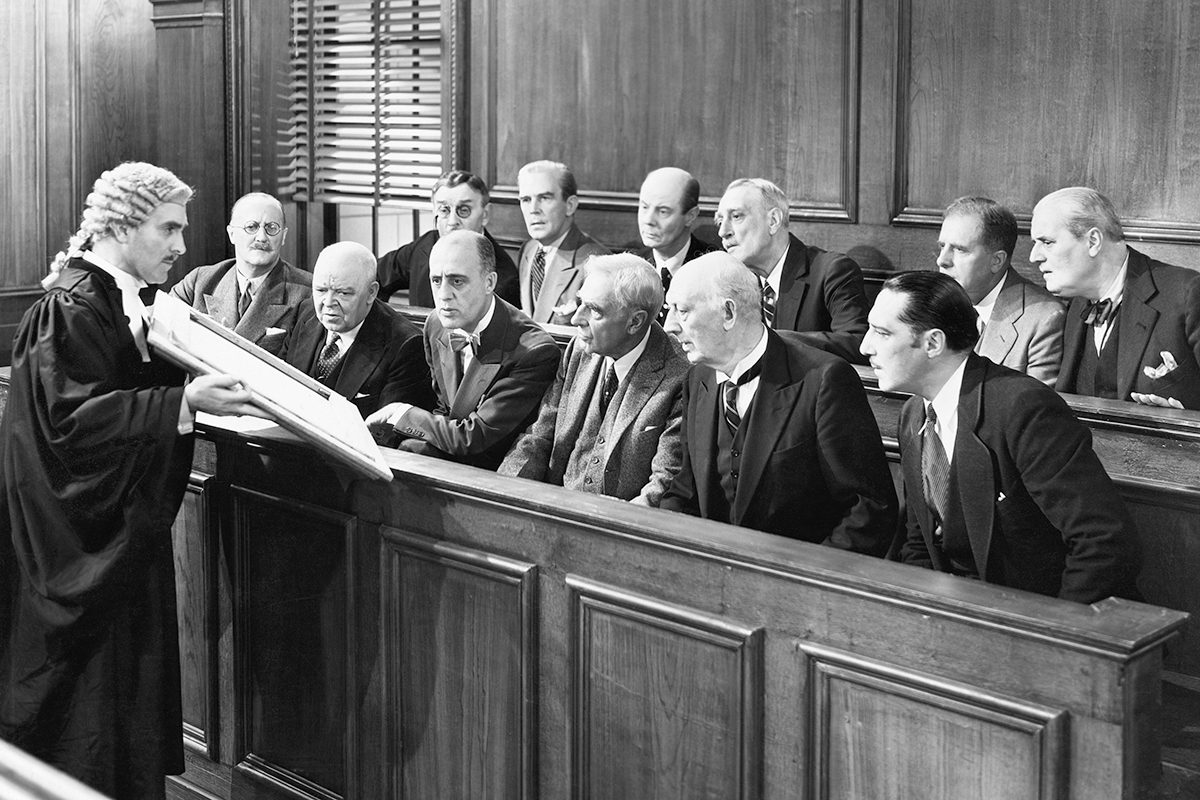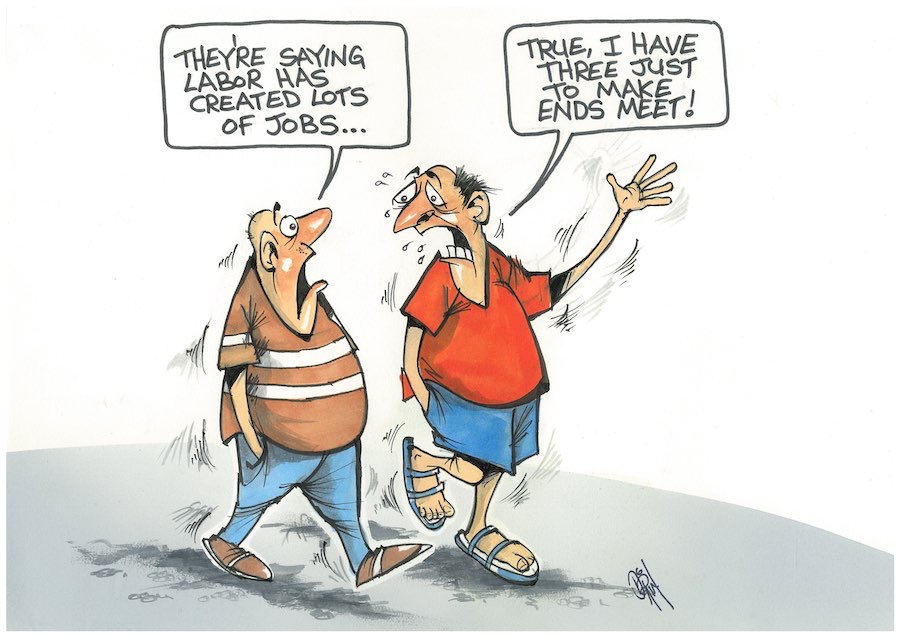“The Liberals’ reverse course regarding the tram is not a betrayal, as Minister Steel calls it. The betrayal of the public happened in 2012,” writes BEATRICE BODART-BAILEY.
IT all began with pork. No, not the leg of cured pork or ham, a favourite at Christmas parties. The pork of this story is that which Minister Steel used to downgrade the upgrading of roads, arguing that federal funds for the roads be used to extend the tram to Commonwealth Park.

He referred to “pork barrelling”, generally defined as “the utilisation of government funds for projects designed to please voters or legislators and win votes”.
Such a commitment of funds in return for a vote occurred in 2012. The population of Gungahlin was growing rapidly and the Red Rapid bus service from Gungahlin to Civic was one of the most profitable bus routes.
Nevertheless, the government commissioned a report on the feasibility of running a light rail service and in April 2012 the company URS submitted its “City to Gungahlin Transit Corridor: Concept Design Report”.
This compared a light rail transit (LRT) system with a bus rapid transit (BRT) system and the option of keeping the status quo.
The report stated that the BRT had roughly twice the benefit-cost ratio of light rail, would cost less than half to establish and provide the same stimulus for development as LRT.
Further, the report suggested that the greater part of the existing Red Rapid bus service stopping at the kerb could be maintained as BRT, with the construction of a bus lane in the centre of the road only necessary from the Barton Highway onwards. In addition, BRT provided the advantage of buses able to service the suburbs beyond the end of the line.
The Development Application (DA) for the light rail to Gungahlin admitted “that buses provided a higher overall level of service than the proposed light rail”. This was counterweighed in the DA with “expectations” that the light rail would cope better with peak-time travel. The URS report defeated this argument by noting: “BRT systems around the world often use bespoke higher capacity vehicles that are designed to look and feel more like trams, and this could be considered in the future.”
Moreover, adopting BRT meant savings regarding the purchase of new vehicles because, according to the report: “The current Easy Access buses in the ACTION fleet are considered suitable for BRT operation along the Red Rapid route.
“The Easy Access fleet are buses designed to meet the needs of all passengers, including those with reduced mobility. They have low floors and therefore no stairs; extendable ramps, a wide entrance and floor space within the buses are provided for wheelchairs or prams.”
Curiously enough, the government’s internet site promoting the light rail even today, describes these same features of Easy Access as if they were special features restricted to the light rail.
Being “commercial in confidence”, the report was kept secret (now on the internet) and the public was simply told that light rail was the better transit system.
At the 2012 election, Labor needed the vote of the sole Greens MLA to stay in power. The latter demanded a government commitment to the tram in return for his support. (For details/documentation see Walter Burley Griffin’s Canberra and his Tramway. The Ideal City of the Future? (Part Two of Three) (canberraplanningactiongroup.com).
Thanks to Jon Stanhope’s and Khalid Ahmed’s detailed presentation in “CityNews” of the government’s Budget figures, we now know the cost to the electorate of this political decision.
Thanks to their careful research we found out why the public housing system is in desperate straits with long waiting lists. Public housing was sold and the money plus a federal subsidy was used for the light rail.
Now, again, money to improve roads is siphoned off for the extension of the tram to Commonwealth Park. In addition to the Auditor-General’s report, also that commissioned by the Assembly’s Standing Committee on Public Accounts from Dr Leo Dobes found the business case of this project unconvincing.
The Albanese government promised that projects without a convincing business case would not be funded, and pork barrelling be eliminated. It has failed on both accounts.
Despite the ongoing rapid technological development of e-buses, and the PM’s commitment of funds to produce them in Australia, the costly and unecological import of trams from Spain continues.
To stay in power, Labor needs the support of the Greens more than ever. This has led to a government where columnist Paul Costigan reflects the sentiments of many writing: “Damning reports but the government just shrugs.”
The Liberals’ reverse course regarding the tram is not a betrayal, as Minister Steel calls it. The betrayal of the public happened in 2012. Now the electorate has a chance in 2024 to replace a government that “just shrugs”, misleading the public to enforce a mode of public transport that is slow, outdated, requires an infrastructure producing large amounts of CO2 and, worst of all, leaves the next generation of Canberrans with a crushing debt.
As columnist Ian Meikle reminds us, it’s the fault of the public electing this government. Or could it be due to a highly skilled public relations campaign, at the expense of the electorate?
Historian Beatrice Bodart-Bailey is an honorary professor at the ANU School of Culture, History and Language and an emeritus professor of the Department of Comparative Culture, Otsuma Women’s University, Tokyo.
Who can be trusted?
In a world of spin and confusion, there’s never been a more important time to support independent journalism in Canberra.
If you trust our work online and want to enforce the power of independent voices, I invite you to make a small contribution.
Every dollar of support is invested back into our journalism to help keep citynews.com.au strong and free.
Thank you,
Ian Meikle, editor





Leave a Reply